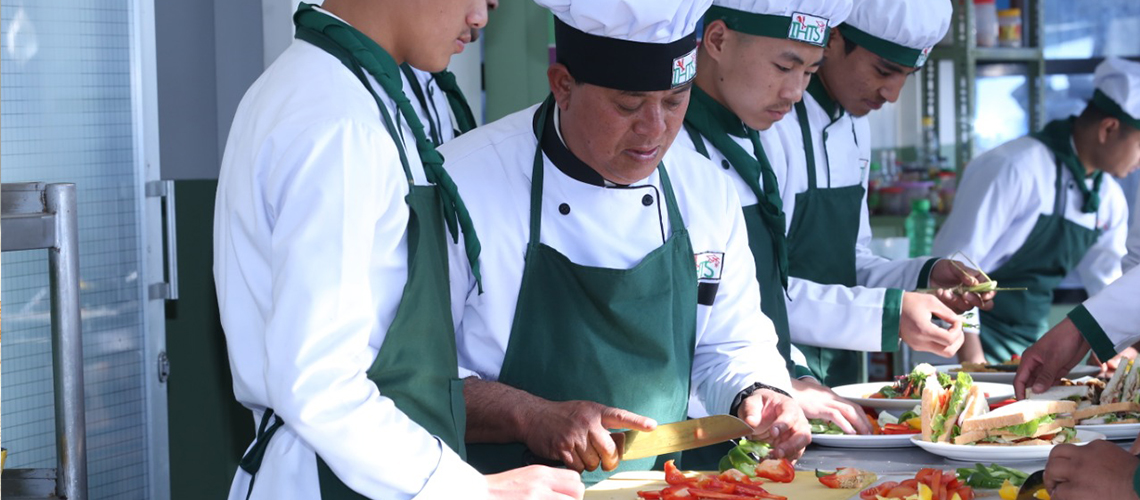Engaging in a cooking training program can be an enriching and transformative experience. It unlocks hidden abilities and inspires culinary creativity, whether you desire to become a professional chef or an exceptional home cook. This article explores the journey of cooking training, pinpointing the major aspects such as basic food preparation skills, understanding ingredients, mastery of various culinary techniques, recipe development, and presentation.
First and foremost, cocina offers instruction in basic food preparation skills. It is crucial to learn the essentials, such as handling kitchen equipment safely, understanding kitchen terminology, and properly measuring ingredients. Additionally, students are exposed to various food hygiene and preservation techniques. Whether it’s chopping vegetables with precision or knowing how to sauté or blanch, mastery of these basic skills forms the foundation for more advanced culinary endeavors.

A crucial element of cooking training is understanding and appreciating ingredients. From discerning different types of proteins, grains, vegetables, fruits, spices to the chemistry involved in their use, cooking training deepens your understanding of each ingredient’s unique characteristics. Knowing how to select the freshest ingredients and understanding how different foods interact can transform your cooking from plain to spectacular.
Next, students learn and master various culinary techniques in cooking training. Not only do they learn traditional cooking methods like braising, grilling, boiling, and baking, but they’re also introduced to modern techniques such as sous vide and molecular gastronomy. They become proficient at making delicate sauces and unique dressings, and whipping up pastries from scratch. As a result, students are equipped to create an impressive array of dishes that are as delightful in taste as they are in presentation.
Developing and following recipes is another skill cultivated in cooking training. While recipes guide us on what ingredients to use and how to combine them for a desirable outcome, great cooking involves a certain degree of intuition. Training helps cultivate this intuition, enabling one to modify recipes confidently, experiment with new flavor combinations, and ultimately create unique dishes.
The final, and often undervalued aspect of cooking training, is the art of presentation. How a dish is presented can significantly influence one’s dining experience. Students learn plating techniques to make their food visually appealing, enhancing both the anticipated and actual enjoyment of the meal. This is where cooking truly becomes an art—a beautiful merger of taste and aesthetics.
In conclusion, cooking training isn’t merely about following recipes. It’s about understanding the science behind each ingredient, mastering various culinary techniques, developing your own recipes, and turning food into an unforgettable visual feast. Whether you dream of becoming a professional chef, or simply want to improve your skills in your home kitchen, cooking training helps you unlock your full culinary potential.
